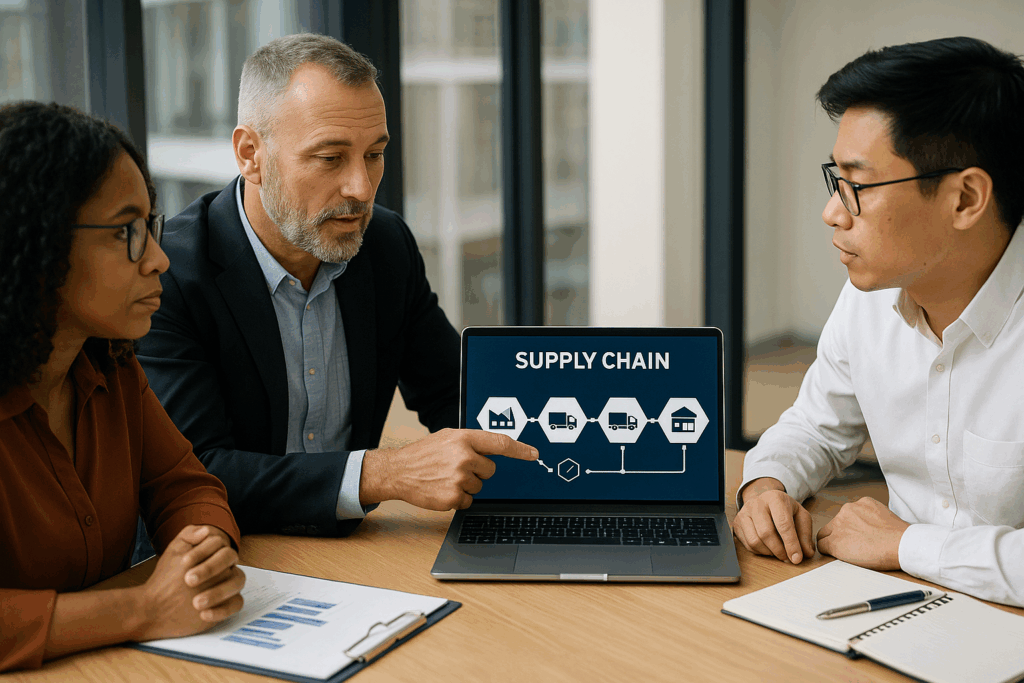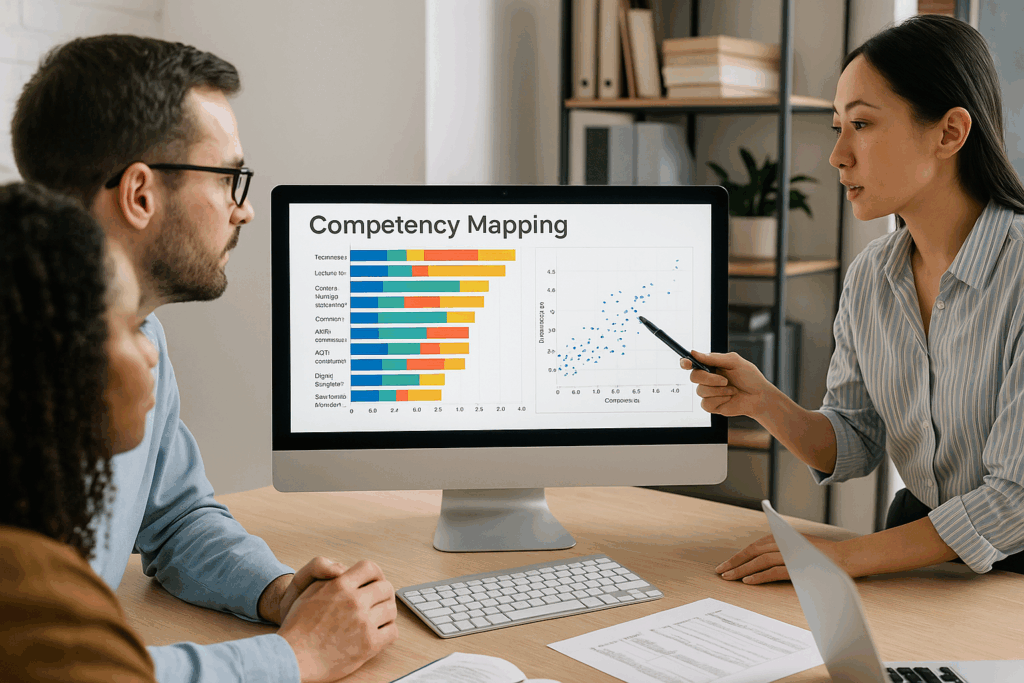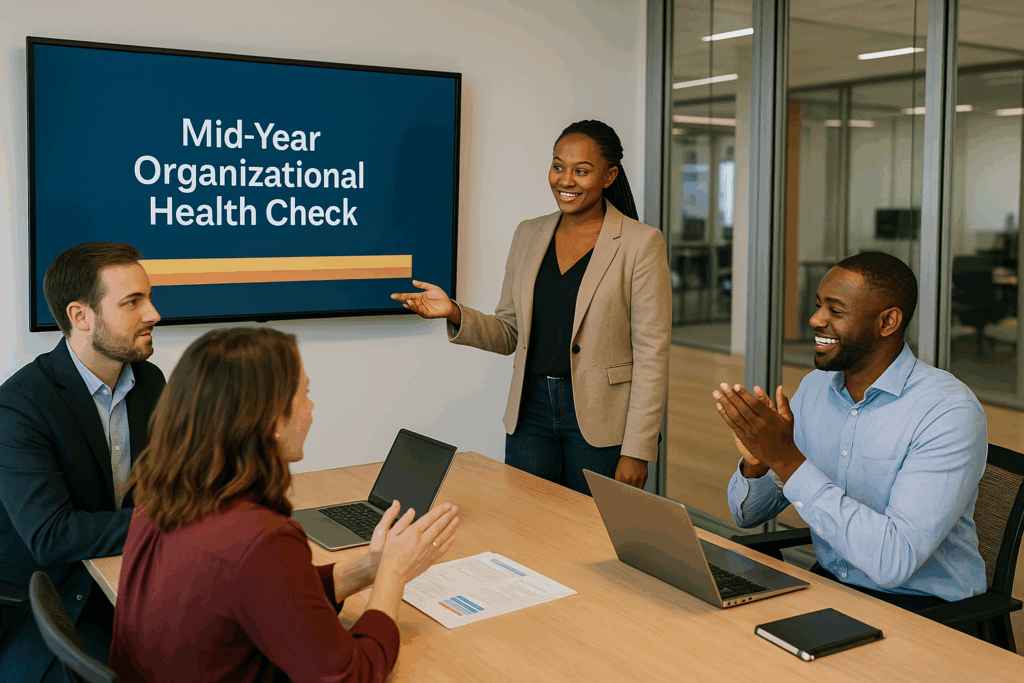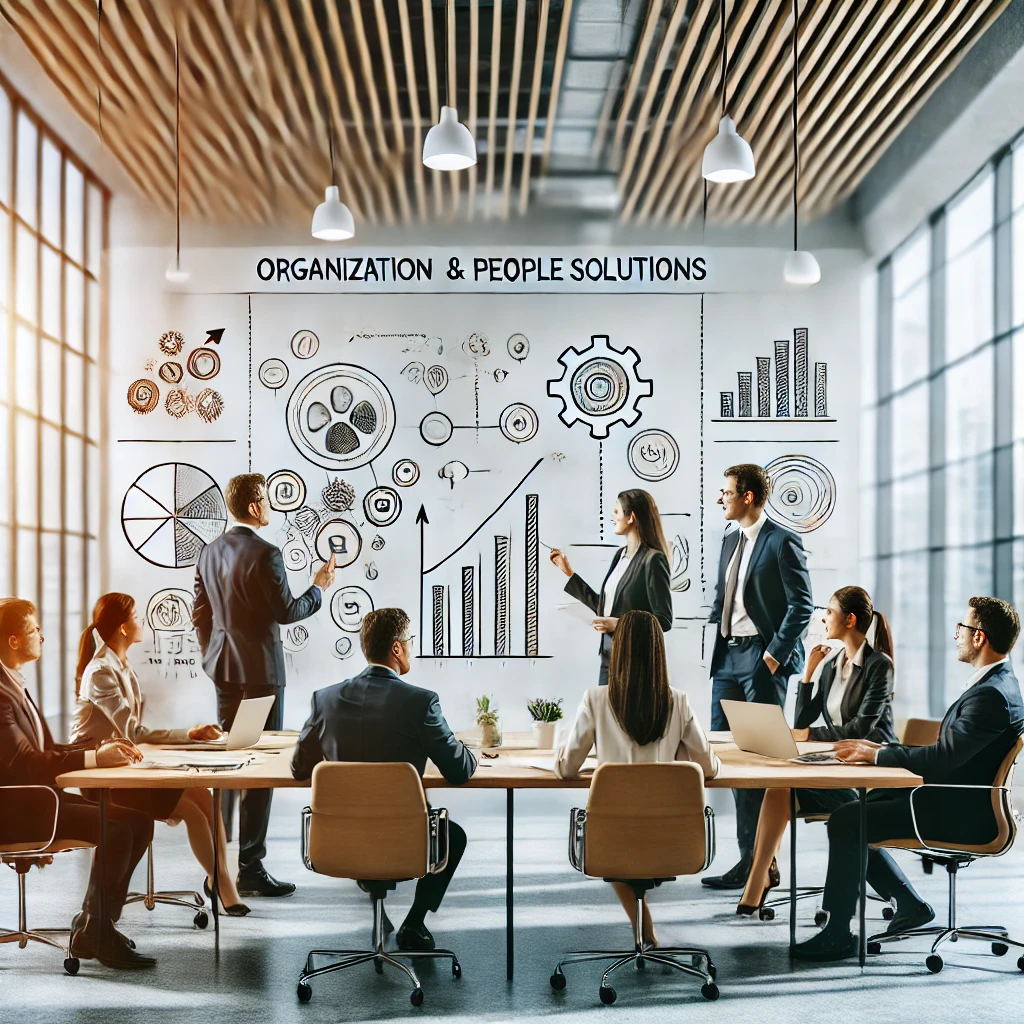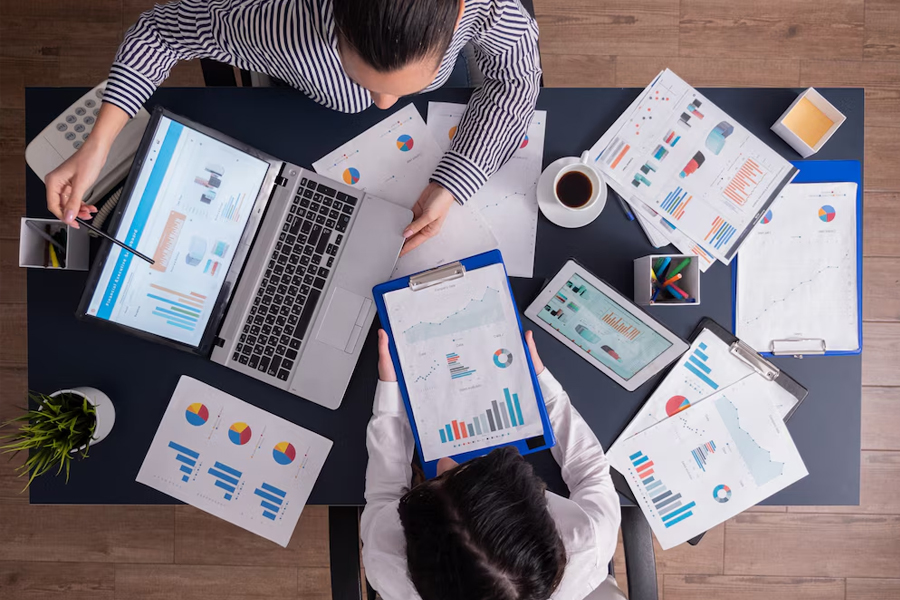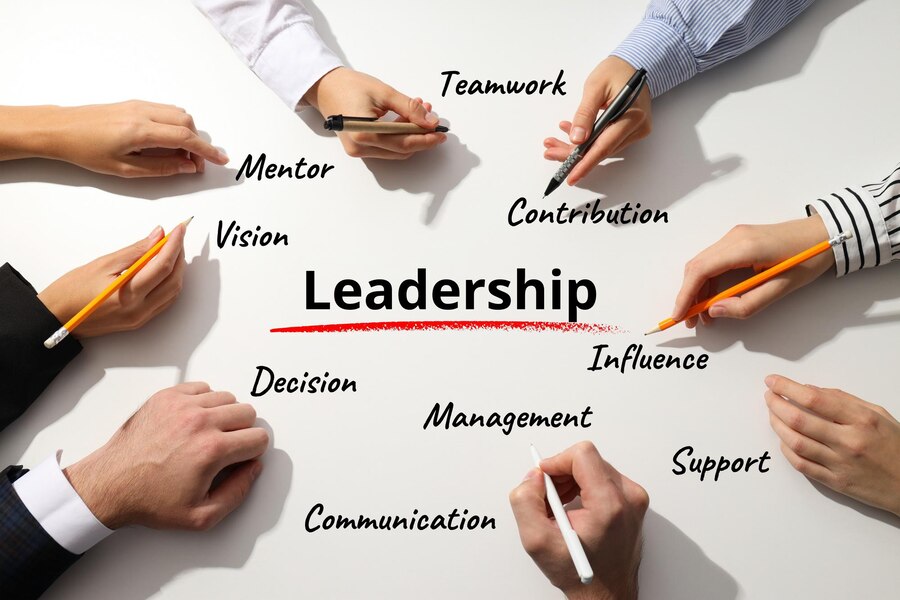HUMAN CAPITAL STRATEGY PHILIPPINES: In the fast-evolving business landscape of the Philippines, many companies are rethinking how they view their workforce. It’s no longer enough to “manage headcount.” The future belongs to organizations that can maximize human capital—the collective skills, potential, and innovation of their people.
This shift from headcount to human capital is more than just a buzzword. It’s a call for strategic change, especially for companies looking to compete, adapt, and grow sustainably.
📍 What’s the Difference Between Headcount and Human Capital?
-
Headcount is a number. It tells you how many people are on your payroll.
-
Human Capital is value. It reflects what your people are capable of doing now—and in the future—with the right environment, development, and leadership.
In today’s workplace, talent isn’t just a cost to control. It’s the most important asset to grow.
🧠 Why the Shift Matters Now
Here in the Philippines, companies are navigating digital transformation, economic uncertainties, a multigenerational workforce, and global competition. Traditional workforce strategies fall short in addressing these challenges.
Making the shift to human capital development enables organizations to:
-
Improve retention through meaningful learning and growth paths
-
Adapt faster to disruption with a skills-ready workforce
-
Increase productivity and innovation by unlocking employee potential
-
Align individual aspirations with company strategy
📊 What Human Capital Strategy Looks Like in Practice
Shifting from headcount to human capital means putting people strategy at the heart of your business strategy. It involves:
✅ 1. Competency Frameworks
Clearly define the behaviors, skills, and knowledge needed for each role—and how they align with business goals. This is the foundation of performance, training, and succession planning.
✅ 2. Continuous Learning Culture
Replace one-time training events with a culture of learning. Offer formal workshops, digital learning, mentorship, and knowledge-sharing.
✅ 3. Data-Driven Talent Development
Use HR analytics, skills assessments, and 360-degree evaluations to understand and guide employee growth.
✅ 4. Organizational Design That Enables Agility
Redesign structures, processes, and job roles to support speed, innovation, and collaboration—not just control.
✅ 5. Leadership Development at Every Level
Develop future-ready leaders—not just at the top, but across teams and departments. Managers are key multipliers of culture and performance.
🚀 How MSS Corporation Can Help
At MSS Corporation, we don’t just fill training calendars—we build transformational solutions. Our end-to-end organization and people services include:
-
🧩 Organizational Development & Design
-
🧠 Competency-Based Training Programs
-
🧪 Learning Needs Analysis & Roadmapping
-
📈 Strategic Workforce Planning & Talent Analytics
-
💬 Leadership & Change Management Coaching
-
🤖 AI-Enhanced Solutions for HR and OD
We help you move from simply counting people to building people who count—for your mission, your growth, and your long-term resilience.
💡 Final Thought
In the end, it’s not the number of people in your organization that determines your success—it’s the value they bring. Companies that make this strategic shift early will have the edge not only in performance, but in talent attraction, innovation, and lasting impact.
📞 Ready to make the shift? Let’s talk.
Visit us at www.MSSCorporation.com.ph or message us to learn how we can co-create your human capital transformation.


